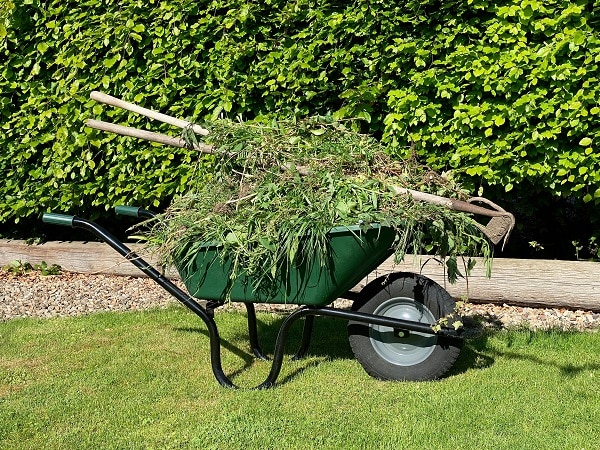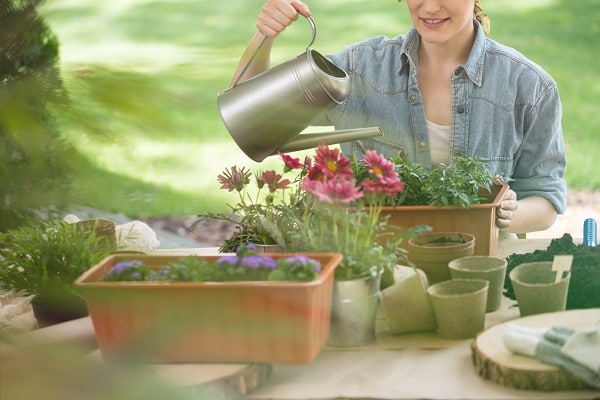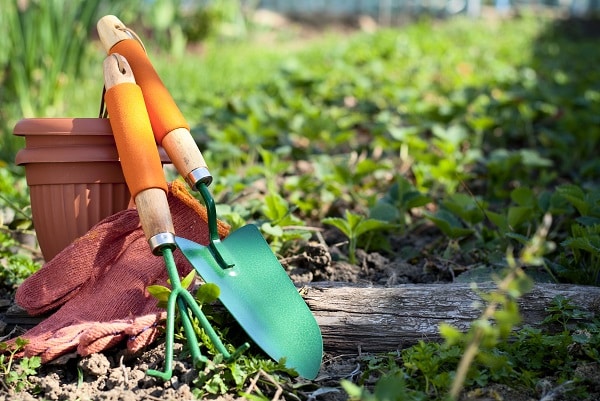Gardening is a great way to get in touch with the natural environment, and it can be a lot of fun. But what if you want to grow your food but don’t have the space? Urban farming may be for you, but some challenges come along with this type of gardening. This article will go over some tips for urban gardeners that should help make your experience more enjoyable.
Contents
- 1 Start Small
- 2 Use Containers
- 3 Plant What You Eat
- 4 Don’t Forget About Weeds!
- 5 Create A Watering Schedule
- 6 Include Companion Plants
- 7 Monitor How Much Light They Get
- 8 Make Sure You Have a Good Soil Mix
- 9 Enjoy Your Harvest Over Time
- 10 Take Good Care Of Your Tools
- 11 Make Sure Your Plants Have Enough Space
- 12 Conclusion
Start Small

If you are new to urban farming or gardening in general, it is important not to bite off more than you can chew. Try starting small with some herbs first before moving onto more prominent and more difficult plants like tomatoes so that everything goes smoothly without any hiccups along the way! Also, if you have limited space, do some research on which plants will grow best in your area and how many can fit into the designated growing spaces you already have available.
Use Containers

Another problem with some types of urban gardening is the lack of space for a full-blown garden bed. These can also take up quite a bit of time and energy during planting season since it usually involves heavy lifting if not appropriately done beforehand. Because of this, using pots instead can help save both money and effort while giving you access to fresh fruit and vegetables throughout the year! Make sure, however, that these containers drain well since waterlogged soil can lead to root rot.
Plant What You Eat

One common mistake people make when starting their urban garden is planting too many flowers or plants they like rather than things they eat. If you aren’t planning on eating the food you grow, it may be better to buy them at the store so you can enjoy looking at them more often. Also, you will need to give your garden more care if it contains things that you eat.
Don’t Forget About Weeds!

One thing that new gardeners often forget about is weeds. These plants tend to grow like wildfire and will take over your entire bed if given a chance. You must check your garden regularly for them during the growing season, especially after a rainfall when they are easier to spot. If you don’t want to pull these unwanted guests out by hand, make sure there is at least one or two feet between each plant to prevent their spread throughout your garden later on. Also, try planting certain types of flowers around the edges of your garden beds since this may help keep weed growth down naturally without affecting other parts of your garden much.
Create A Watering Schedule

One common mistake that people make is watering their plants too much or not enough. If you are new to gardening, it can be difficult at first to tell when exactly your garden needs water. However, the difference in taste between well-watered and under-watered veggies should give you a clear indication of what’s going on! Also, keeping a schedule for watering can help you take better care of your garden since this will prevent any problems from occurring in the first place.
Include Companion Plants

Another way to help keep weeds from coming back after herbicides have killed them off or digging them up manually is by including certain types of flowers into your garden beds alongside other vegetables. These companion plants will attract beneficial insects that prey on weed seeds while also ensuring pests stay away from your prized produce without harming them directly. Also, some flowers may naturally repel certain types of bugs while attracting other helpful ones that may help keep your garden running smoothly.
Monitor How Much Light They Get

If you are growing veggies or fruit indoors in containers, it is important to ensure that they get enough light during their lifetime. There should be at least six hours of darkness each day for young plants and more as they become older since this will prevent them from becoming leggy over time, leading to water uptake problems later on due to weak roots. Also, suppose a plant doesn’t receive sufficient amounts of sunlight. In that case, it may not grow adequately. Try switching up the location where your container garden usually resides every week or two just in case something has gone wrong along the way!
Make Sure You Have a Good Soil Mix

A good soil mix is a key to growing healthy vegetables and fruits in your garden. Many people use store-bought potting mixes for this reason since they are already pre-mixed together, so you don’t need to worry about doing it yourself from scratch before starting!
Here are some guidelines for making your own soil mix. The soil should have the right amount of organic material, water retention capabilities, drainage properties, and proper pH levels. Also, ensure it has various types of nutrients that will allow for a strong foundation throughout your plants’ lives while also not being too dense or loose, which can cause problems later on down the road.
Enjoy Your Harvest Over Time

Leave some fruit and veggies behind after harvesting them each season. No matter how hard you try, some plants don’t produce enough food for your entire garden, so it’s essential to leave a little bit of room on the vine or plant branch to grow new seedlings that will replace what was left behind. Also, if there are any fruits and vegetables that didn’t do well this season, consider planting them again next year since different varieties may thrive better than others depending on factors like weather changes, location, etc.
Take Good Care Of Your Tools

Lastly, another tip is to take good care of your gardening tools after using them each day. If you are working indoors, this typically means washing them off thoroughly since they’ll get dusty fast. If you’re working outdoors, disinfect them every so often since bacteria and other harmful microorganisms may accumulate over time due to dirty conditions. This can be especially dangerous if you plan on using these tools again in the near future!
Make Sure Your Plants Have Enough Space

Plant taller vegetables on one side of a row and smaller ones towards the front. Doing so will allow each type to receive enough sunlight as it grows taller without overshadowing other nearby plants, along with preventing overcrowding further up above ground level. Also, leave an area on either end of your rows empty to provide additional space for larger seedlings in the future to grow into. That way, you can then plant at a later time when they are ready for harvesting!
Conclusion
You can follow many tips to grow your own urban garden successfully, so don’t be afraid to experiment a little bit along the way with what you have available. Also, remember that good planning is always important when starting anything new. Don’t be afraid to take your time to figure out which plants go where and how they’ll work best for future harvests!